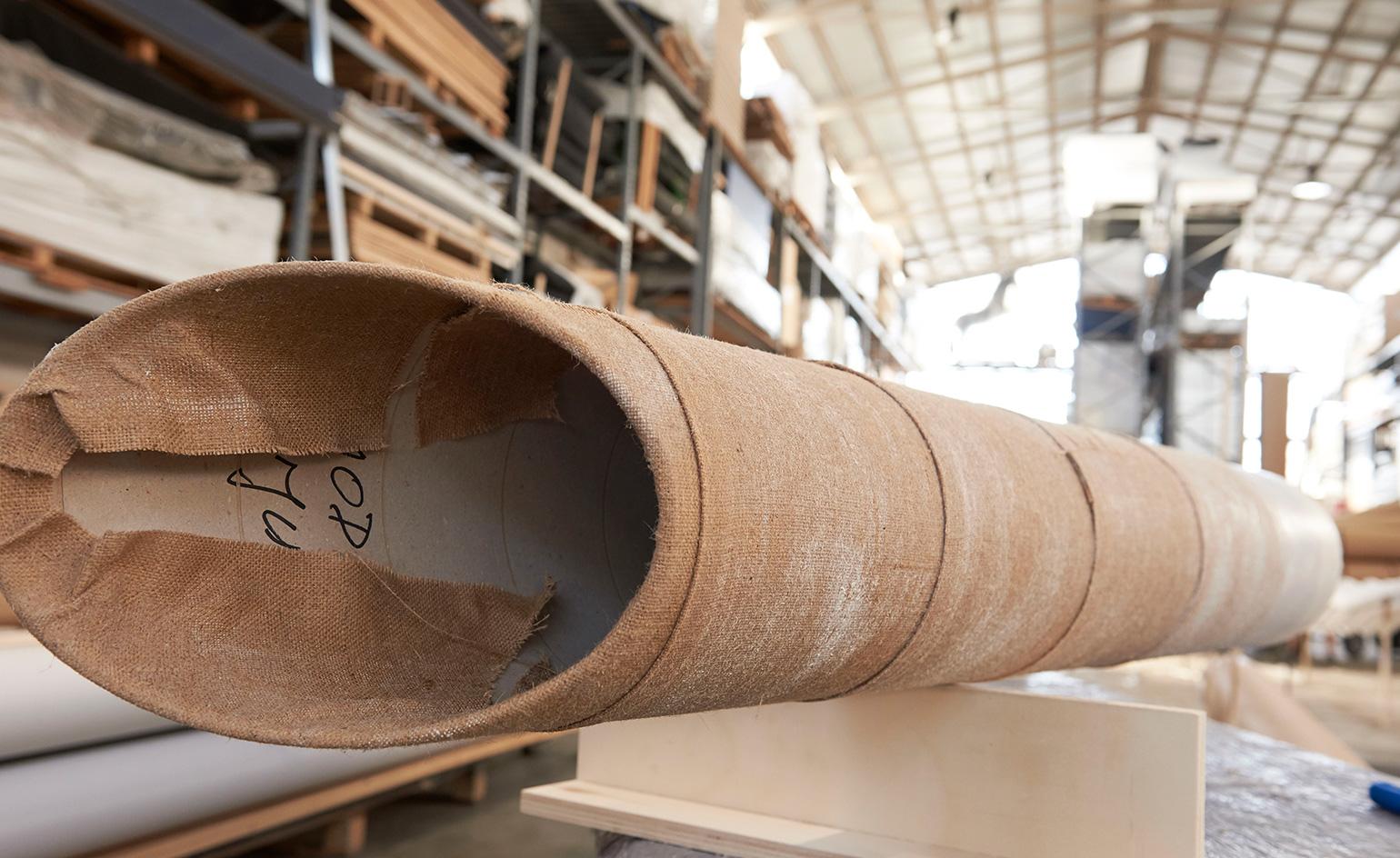Presentation is paramount— a sentiment that makes no exceptions, especially in the Runway world. Now in the wake of a world presumably without the pandemic and travel welcomed once more, we look forward to the return of a fully immersive season. So in preparation for the upcoming shows, we've decided to break down the critical elements of a successful presentation: set design, sound design, and styling. Part one of the Elements of Runway trilogy dissects the importance of set design and how it serves as a pillar of Fashion Week across the globe.
An ensemble with no stage means no show- while the backdrop to a collection completes a story. Before the sound comes and models populate the intentionally laid-out walkways, the audience is first alone with the stage. This is the first point of intrigue, a scene from a book that is actualized at their feet. Set design and production are unquestionably essential parts of the show, acting as a vehicle for how designers communicate a collection's inspiration, themes, and brand values.

During the height of the pandemic, many shows were brought to the audience digitally as fashion films took precedence and offered a new opportunity for expression. So, veering away from brilliantly directed films such as Dries Van NotenSpring-Summer 2022 (directed by Albert Moya) or Maison MargielaCo-Ed Spring-Summer 2022 Collection (directed by Olivier Dahan, known most famously for La Vie en Rose (2007)), we are giving priority to IRL stages. Understand this is no easy decision, but with the return of the presentations expecting an audience, we will highlight the stages that engage all of our senses.

The call to action was evident in recent years of Greta-Thunberg fever and fashion being named the second most polluting industry. Brands from every tier began greenwashing and recycling buzz words to accompany any and every release, but few were thinking of the impact Fashion Week and major productions had.
With the exception of the pandemic leap year, one player using its arena to build upon the climate crisis is the luxury Italian label, Marni. For their Spring-Summer 2020 Act II, they collaborated with Berlin artist Judith Hopf, giving her the green light to create a wholly sustainable set design.

So, Hopf played with a bit of everything to create the ultimate upcycled jungle, paralleling childlike drawings and art assignments. Artificial palm trees made from PET polymers and reused plastic waste from the men's show were transformed, and cardboard elements with hand painted bark lined the walkways.
"The set is about how we think about those things we have already around us," Hopf explained. "There is no utopia or dystopia behind this concept – it follows the conceptions of diversity and difference in imagination."

The creative director, Francesco Risso, was barefoot with his cheeks covered in tribal paint. And when he commented that the collection was a new beginning for the label, his words spoke true. For Autumn-Winter 2022, Risso was back with an industrial building, overtaken by time and mother nature, designed by Mario Torre.
To match Torre's macrocosm of a shrub-filled tobacco plant, the air was a dimly lit mist that models needed flashlights to navigate. The collection was one of repair, of pieces given extra love and life through patchworks of different textiles sewn over worn areas; their crowns were also made from upcycled materials.

In an email of show notes sent by Risso, his insight was-
The future came and went, leaving us alone, but together in the dark, but lighter than before. Where do we go after? Where are we bound beyond what binds us to each other?
Living through a pandemic filled with wars and invasions, the global sense of optimism was bleak. Yet, survival for those with a roof was rediscovering the objects and belongings that also lived with them under. Nearly 2,000 plants of bamboo, eucalyptus, carex, geranium, ivy, grass, musk, leaves and branches were all part of scenographer Mario Torre's overgrown vision, which could be interpreted as a grim hope for the future. All of the earth was returned to its respective greenhouses after the show.

Risso's indiscriminate cast tied together with his assembled collection of old and new could have only made sense on a stage as such. Had they found their way through an AMO set, the collection would have been confusing and undesirable chaos.
Imagine the original Sound of Music (1965) cast at a Sonar Festival; the script would have to be entirely adapted and no place left for war. But, again, the power of set design, the theatermaker's stage, brings a play together.
Text by Shahrnaz Javid

